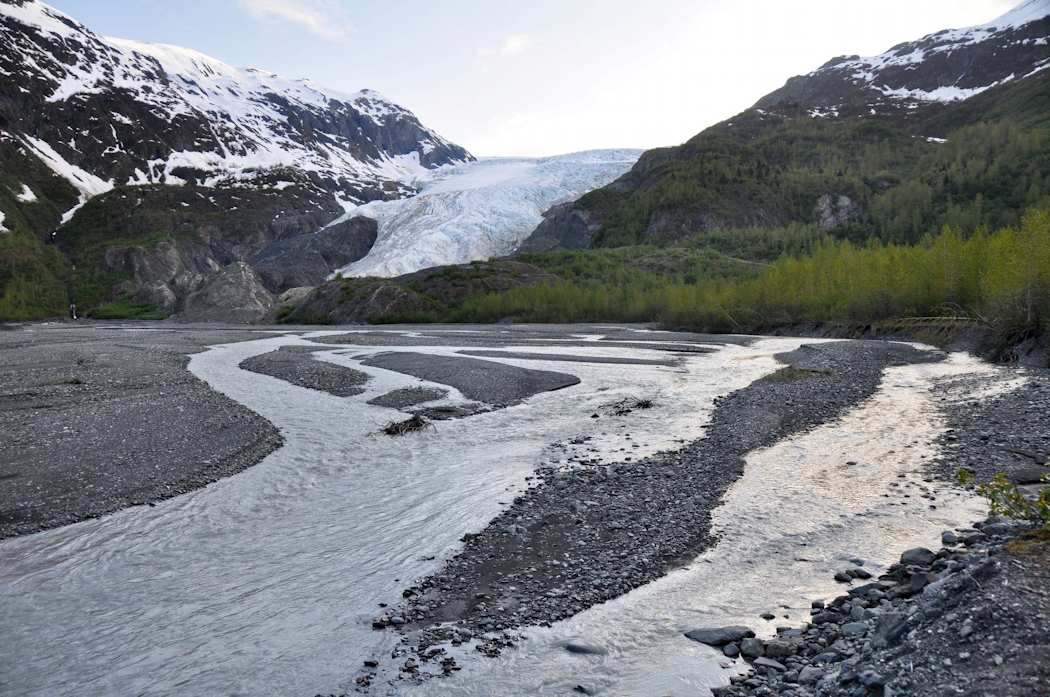 Since his reelection in 2012, President Obama has worked steadily on both domestic and international action to address the impacts of climate change and greenhouse gas emissions on the planet. As the clock ticks toward December 2015 and the international climate talks in Paris (COP-21) – where the United Nations is seeking an international agreement on how the world should address climate change – here’s a brief synopsis of some of the President’s actions on climate during his second term in office.
Since his reelection in 2012, President Obama has worked steadily on both domestic and international action to address the impacts of climate change and greenhouse gas emissions on the planet. As the clock ticks toward December 2015 and the international climate talks in Paris (COP-21) – where the United Nations is seeking an international agreement on how the world should address climate change – here’s a brief synopsis of some of the President’s actions on climate during his second term in office.
In June 2013, the President announced his Climate Action Plan, which included pledges to: support climate-resilient investments; rebuild the region most affected by Superstorm Sandy; establish a new flood-risk reduction standard for federal agencies; and provide tools for decision makers, planners and citizens to build climate resilience. The White House has announced many executive actions and activities to support this action plan, including the release of the National Climate Assessment and the Climate Toolkit.
Although the 2013 Action Plan makes no specific mention of COP21, it says America will lead international efforts to address global climate change. The President has taken many opportunities to point out how the U.S. is leading global efforts to combat climate change threats. He has said he personally sees climate change as the greatest threat to future generations.
Other climate change initiatives have included the greenhouse gas reduction agreement between the U.S. and China; the Clean Power Plan; an analysis of the economic benefits of global action on climate change; and most recently, the President’s trip to Alaska. Obama is the first sitting president to ever visit the Alaskan Arctic, and his trip was designed to highlight the effects of climate change there and also to promote the Administration’s policies.